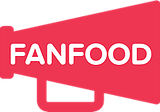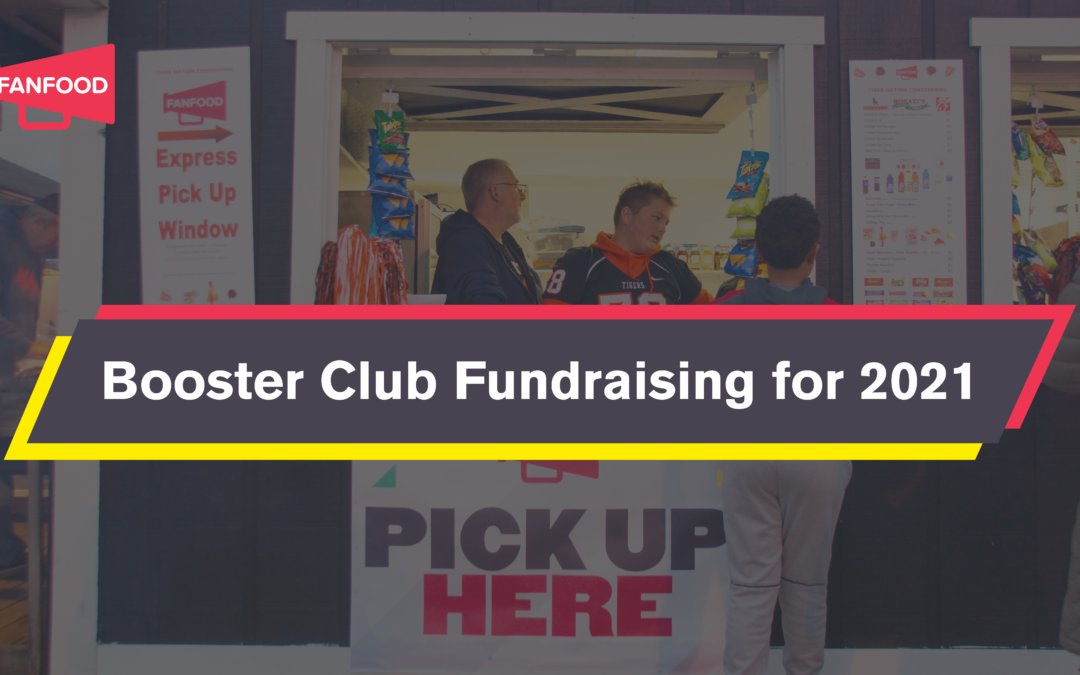Delayed or canceled seasons have greatly hindered booster clubs’ abilities to raise money in 2020. However, with the recent news of successful vaccine trials and expedited approval process by the FDA, hopes are high that early next year the U.S. can start administering vaccination, and that activities will go back to normal in 2021.
That means more than ever, booster clubs and athletic programs need to gear up for a massive fundraising push in 2021.
Before we dive into specific tips and strategies on how to successfully fundraise in a post COVID-19 world, let’s look at just how much impact the pandemic has had on high school fundraising. Some fall sports such as football were still able to host games this year with social distancing guidelines, as a result spring sports were possibly the most affected. If on average each team hosts 5 home games generating revenue from ticket and concession sales, and assuming each event will bring in around $150 for the booster club. In total a typical booster club would have lost around $9,000 to $11,000 in concession sales revenue that will directly benefit school athletic programs.
How will fundraising look different in 2021 and what should booster clubs do to prepare? What are some new changes high schools have to adopt in order to have a successful year for when sports return?Give your fans the peace of mind to spend money.
If anything, this pandemic has made people hyper sensitive and cautious. Subconsciously we’re always noticing whether people are wearing masks; whether grocery store trolleys are being sanitized regularly; whether there’re are contactless payment options vs. cash transactions; whether there’s a QR code to scan at a restaurant rather than touching a physical menu. The same expectation and habits will translate to a high school stadium. If you can implement the right safety measures, fans will feel more comfortable making purchases and enjoying the game. This means concession operators will have to be more stringent on enforcing mask-wearing and hand-washing rules. There needs to be greater separation between the lines to disperse the crowd. The school might also need to bring in portable hand-washing stations to uphold higher hygiene standards. During the pandemic, some of our partners who have been fortunate enough to host games at a limited capacity have successfully rolled out contactless ordering at concession stands. To help bring back the game day, we’ve made the platform free to use for schools, and easy to set up so schools can launch the platform in as little as 2 days by getting in touch with our team. Fans can scan a QR code or download the FanFood app to order concessions from their seats. Once the food is ready, they’ll get a text alert for express pickup or in-seat delivery. During the pandemic, over 100 high schools adopted FanFood to keep their concession stands running and have to a large extent offset the lower revenue due to limited attendance.
Results have been very inspiring. Fans using mobile ordering tend to spend more per order, and place multiple orders throughout the game given how easy, safe and convenient the whole process is. We’ve been able to see partners increase their average order value by 25% and average order frequency increase to 2+ during the second half of 2020.
Fans can scan a QR code or download the FanFood app to order concessions from their seats. Once the food is ready, they’ll get a text alert for express pickup or in-seat delivery. During the pandemic, over 100 high schools adopted FanFood to keep their concession stands running and have to a large extent offset the lower revenue due to limited attendance.
Results have been very inspiring. Fans using mobile ordering tend to spend more per order, and place multiple orders throughout the game given how easy, safe and convenient the whole process is. We’ve been able to see partners increase their average order value by 25% and average order frequency increase to 2+ during the second half of 2020.
Make it easier for people to donate.
The core revenue sources for booster club fundraising has been ticketing and concessions. However, what we’ve found is that since the pandemic began, people are more understanding and generous when it comes to supporting local businesses and educational institutions. Our in-app usage data has shown an increase in tips of up to 5 times, and higher frequency of donations being made to the booster club.
Donation feature within the FanFood app.
You can place more donation tables at all events to encourage donations. Instead of forcing donations via a price increase, we’ve noticed that people are more willing than ever to make voluntary donations these days. However, since cash handling isn’t in line with the best safety practices and people might not have the exact cash change at the donation table, we encourage our high school partners to add a donation tab in their FanFood app menu so people can tap and donate instantly. It’s been a highly popular feature among high school booster clubs and we’ve seen our partners benefiting immensely from it.Focus on local sponsor outreach.
While most booster clubs already do this, now is the best time ever to fine-tune your sponsorship strategy and reconsider what you can offer to your sponsors in order to generate more income. For example, consider having tiered sponsorship packages so that if a business turns down the opportunity, you can always offer a lower tiered package and makes it more difficult for the business to completely refuse. We have a blog on best practices to sell more sponsorship if you want to learn more. Additionally, look at all the advertising assets you can offer your sponsor. Traditionally banners, posters and sponsored flyers have been the go-to choices. However, with the enforcement of social distancing guidelines, as much as possible schools would want to keep fans in the seat and not moving around mingling with the crowds. As a result, the exposure of in-venue signage would be much lower compared to pre COVID-19 times. In contrast, digital sponsorship assets have been rising in popularity for their higher engagement, real-time updates, better data insights and more customization. We have a blog breaking down the differences between in-venue and digital sponsorship assets if you’d like to learn more.
You can send branded push notifications in-app to engage with the fans.

Some FanFood partner high schools feature their sponsor brands in concession menus.
Re-design your concession menu.
Although when we think of high school concession items, the same items generally pop up: hot dogs, pop corn, soda…, yet across the board we’ve seen very different menu and pricing among our high school partners. For the same item (such as M&M Milk Chocolate), some high schools would be charging $1 at the concession stands whereas other high schools could be charging up to $3.5. What we recommend is that for the 2020-2021 school year, pick a low-cost concession item — or a highly popular one — and increase the price of that item. Within the FanFood app, you can note in the item description the reason for the price increase, so that people understand and would be more willing to pay the extra price.
Another creative and highly effective way to increase your average order value is offering combo items. This allows you to package up main course, snack, drink and dessert all in one combo option that looks like a greater deal to the fans. This will encourage your fans to spend more per order instead of buying just one item off the menu.
Below is a sample combo menu that one of our partners has come up with to encourage people to spend more.
What we recommend is that for the 2020-2021 school year, pick a low-cost concession item — or a highly popular one — and increase the price of that item. Within the FanFood app, you can note in the item description the reason for the price increase, so that people understand and would be more willing to pay the extra price.
Another creative and highly effective way to increase your average order value is offering combo items. This allows you to package up main course, snack, drink and dessert all in one combo option that looks like a greater deal to the fans. This will encourage your fans to spend more per order instead of buying just one item off the menu.
Below is a sample combo menu that one of our partners has come up with to encourage people to spend more.

Sell your team merchandise and other useful items.
Food isn’t the only thing you can sell at your concession stand. Consider adding your team merchandise and other useful things such as hand warmers, ponchos, fans or mosquito repellents. Below is an example of what our high school partners have done to be creative with their concession stand menus. Just imagine that: one t-shirt could be worth up to $20 whereas a hot dog is only about $5. Think about how much more revenue you can generate by adding merchandise to the store! To learn more about our easy-to-use, budget-friendly mobile ordering app at your school, submit the form on this page and our team will reach out promptly to answer any question you may have.
To learn more about our easy-to-use, budget-friendly mobile ordering app at your school, submit the form on this page and our team will reach out promptly to answer any question you may have.

Recent Comments